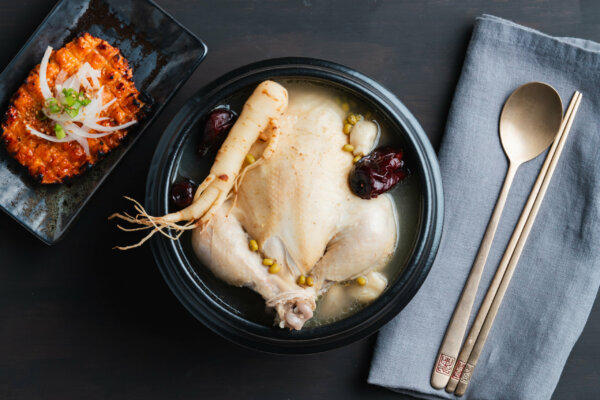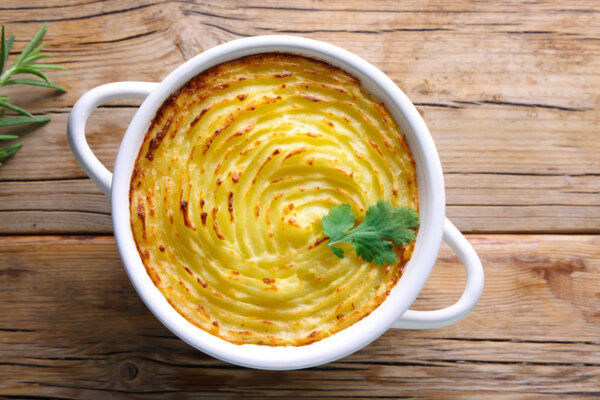Thomas Duffin, Global Accounts Chef, based in the UK, fell in love with food at an early age and earned a Food Technology degree at Manchester Metropolitan University. Today, he uses his passion for culinary innovation to collaborate with Griffith Foods customers while continuing to share his latest discoveries with family and friends. As he puts it, “I love to explore new suppliers, farm shops and food markets, taking inspiration from interesting ingredients.” Thomas, who joined the Griffith Foods family in 2018, also holds a level 2 certification from the Wine & Spirit Education Trust.
What’s happening with Middle Eastern cuisine?
There’s such a diversity of flavours across North Africa, Iran, Yemen, Turkey and other countries. Of course, there are many regional connections, with flatbread enjoyed throughout this part of the world. Fresh, vibrant salads are prevalent, and there’s a shared enthusiasm for fresh herbs. You also see a lot of movement and adoption. For example, a traditional Yemeni hot sauce named Skhug is now a staple in Israel.
What’s the near-term future for these flavours?
Middle Eastern ingredients are becoming more available. This year, people have been spending more time cooking, finding new recipes, and experimenting with flavors and ingredients. We’ll see more shish kebabs, hummus and flatbreads made at home—and more restaurants emphasizing unique tastes from the region.
What segments of the food business are likely to be impacted?
I think we’ll see widespread impact across retail, snacks and QSR. In stores, you’ll see more marinades, dry protein seasonings and items like preserved lemons, prunes and pomegranates. In snacks, we’ve already seen Lamb Kofta and Tzatziki flavored crisps debut in the UK. For QSR, there’s a chance to offer new experiences. There are smoke-flavoured wraps to add the essence of wood fire cooking. Yoghurt and vegetable-based sauces and chutneys are also growing, along with oil marinades for vegetables and fruits, elevating QSR products and giving people more of the region’s lively flavours.
How can people incorporate these flavours at home?
Start by tweaking familiar recipes. If you’re making a traditional chili, give the dish a Tunisian twist with a spoonful of harissa paste. Try topping the chili with Labneh, a cheese made from straining yoghurt with muslin cloth. Add some freshness with raw grated garlic and fresh lemon zest. Top it off with a nut dukkha and you have a dish that will transport you across the globe!
How would you leverage this trend as a chef?
Middle Eastern cuisine is all about fresh produce and a touch of spices and herbs to bring out the ingredients’ natural flavours. Familiarize yourself with the region’s unique flavours and use them to bring new dimensions to dishes. Adding a sprinkle of Aleppo pepper to your cauliflower soup takes you right to Syria and Turkey. Or try an Urfa pepper from Turkey to impart intense, fruity raisin flavours and mild finishing heat to a classic roast dinner.



